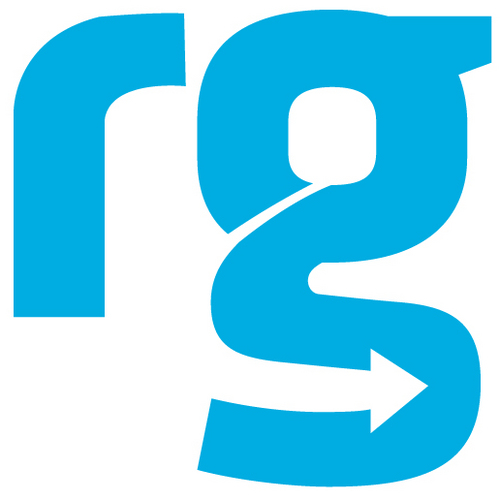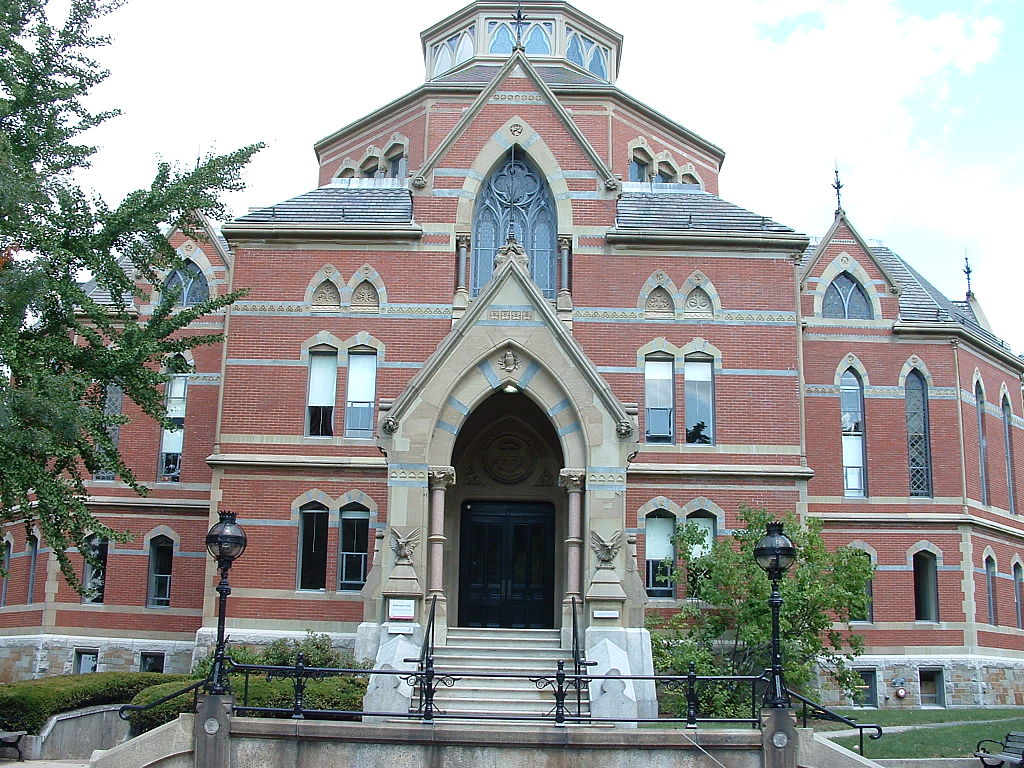 Often people refer to the Resource Generation “community,” roughly defined as young people with wealth who are committed to social justice and are connected on a national level through the RG network.
Often people refer to the Resource Generation “community,” roughly defined as young people with wealth who are committed to social justice and are connected on a national level through the RG network.
In the past, I’ve found the use of this word a bit problematic and have been thinking about how we can truly claim the meaning of community as a network of rich kids who do work together. To me, on top of a shared set of values, community means interdependence and giving something up for the sake of the greater good. In my time spent in rural Honduras, I saw this in the form of the one house with electricity opening their home for the community to watch the nightly novela. Or volunteer teachers who rode an hour each way on horseback to get to school. Or women who came together to cook a meal for a family whose son had passed away. In a sense, it feels too easy to me to say we are in community when others must give up so much in order to sustain their communities and when we are so conditioned not to depend on each other.
So what does community look like when most of us have more resources than we know what to do with? And what does interdependence look like when we live all over the country and can never seem to settle in one location?
I saw a glimpse of the answer to this question this past weekend at the Making Money Make Change conference. For four days, all 120 of us gave up our time to come together to not only develop skills but also to connect and build with each other. For me, committing this much time to the conference meant taking precious vacation days at work, missing out on a beautiful fall weekend with my partner, and spending my 25th birthday in pod training. But something special happened during these four full days together. People let down their guard and shared stories of isolation, depression, and shame, of fear, guilt, and feeling frozen—people shared stories that made them truly vulnerable. I shared things about myself that perhaps prior I was too scared to say out loud for fear they would become true. Little by little, we began to unpack bits and pieces of the baggage holding us down for so long. At the same time, people shared with great excitement new and innovative ways of moving money, fascinating socially responsible investing strategies, transformative conversations with family members and friends, and incredible friendships within the RG circle.
As we sat in a circle Sunday morning, you could already see the change that had begun to take place. There was a very different energy in the air than on day 1. There was a real feeling of connection in the room —people smiled at one another, laughed, and were physically closer than before, some sitting in laps, others holding hands, and some still remaining distant but maybe just an inch closer to the person next to them. I think a lot of this physical closeness comes from the amount of vulnerability shared—as if for so long we are told to pretend everything is ok and to fend for ourselves, so that when we finally realize that this is a shared experience, we can’t help ourselves from connecting with one another. It’s as if each tear and each touch is tearing away a layer of isolation and the repression of feelings towards a sense of interdependence, love and compassion.
In that room, the idea of community felt real and present. From this place, we were able to give more, more effectively leverage our privilege, and be the best versions of ourselves. I know personally I felt ready to commit more money and was better able to think outside the box about ways of organizing within this community. But maybe more importantly, from this grounded place I believe I became my best version of myself—a little less distant and defensive, and a little more full of love, kindness and joy.
Mike led us in an activity where we imagined it was 2026 and envisioned our lives and the world we wish to create. I walked over to a fellow Brooklynite who I hadn’t really spoken to the entire retreat. Her energy was high, but her arms were crossed and her eyes seemed distant. “In 15 years, we’ll definitely be touching in our first interaction,” I told her as I grabbed her hands. Connected through hands, eyes, and a better vision for the future, we shared our dreams of happiness, connection, and interdependence. My vision for my life in 15 years felt surprisingly clear—of a communal home, children, and tight knit community—and the words flew out of my mouth as if they were already reality.
As I drove home from MMMC Sunday night, I began to ask myself, how do we take this intense and inspiring experience and bring it to our day-to-day lives so that this 15-year vision can become reality? Suddenly the answer seemed so simple and obvious: what if we committed more time to one another? While many of us can give away thousands of dollars but still not feel what that means, time is something that as a culture we value highly and seem to be more afraid to give up. What would it look like for us to prioritize our own emotional healing process by committing to spending more intentional time together, say once a week? What would it look like for us to actively combat the isolation and independence we are taught by practicing that kind of commitment? I hope that through this we may we begin to transform ourselves and our communities, and go out in to the world as the fullest and best version of our rich kid selves.


